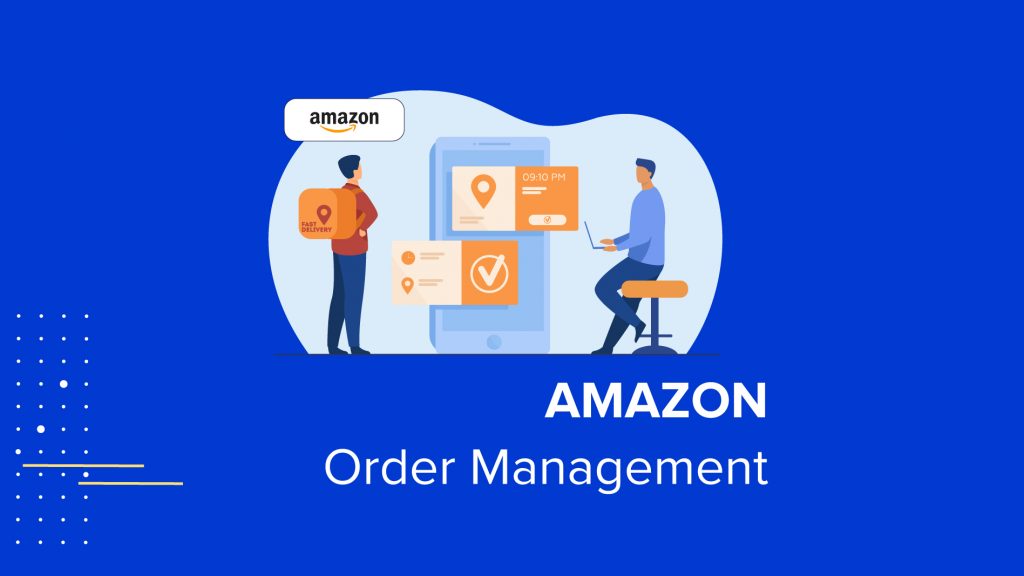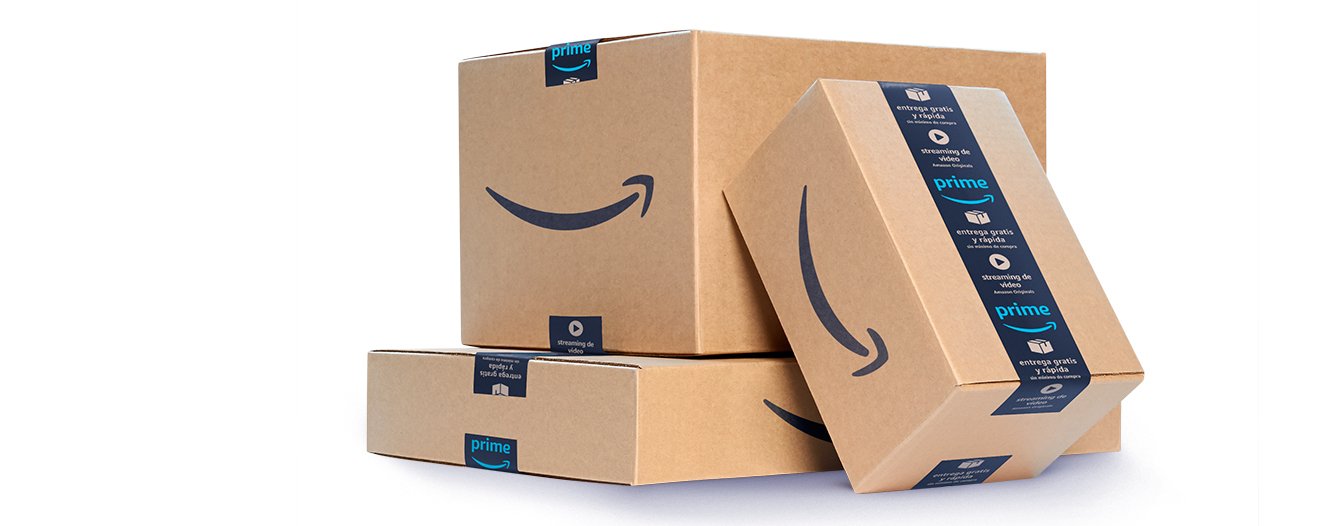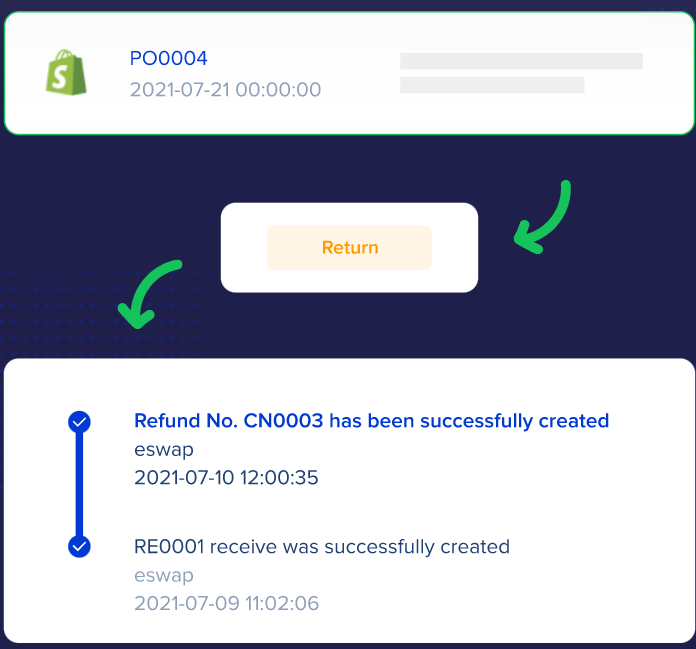If you have just started your journey as an Amazon seller or are considering creating a seller account in the near future, it’s crucial for you to understand how the Amazon order management system works and identify the best ways to manage your orders on Amazon. In this blog post, we cover exactly what you need to know!

What Is Amazon Order Management?
The Amazon order management system guides and controls the order fulfillment process, from the point when the customer places the order to when the order is delivered to the customer.
To ensure customer satisfaction and high-quality service, sellers must put enormous effort into conducting diligent order management. If you’re a seller wishing to succeed on Amazon, you can view your orders across all your sales channels on Amazon’s Manage Orders page. There you will find your pending orders, the orders list, order reports, and much more.
Check out the Order Process section of Amazon Seller Central to have a better view of how the process works on the platform.
What Are Amazon Order Management Methods?
Amazon order management software simplifies the order fulfillment process by automating it through various methods. Let’s explore them and evaluate their effectiveness.
Amazon FBA
Amazon FBA (Fulfillment by Amazon) is one of the most widely used order fulfillment tools amongst sellers. To be more precise, Amazon FBA is a service where sellers send their products to different Amazon fulfillment centers and trust the handling and the delivery of the product to Amazon.

Amazon FBA offers free shipping to fulfillment centers. It also offers other promotional incentives for sellers to use it as their order management system. It saves time, as you do not have to deal with packing, shipping, or delivery. Furthermore, Amazon FBA is one of the most popular solutions for storing your inventory. With FBA, you can store your inventory in one of Amazon’s fulfillment centers, where employees pack, label, and deliver products once a customer places an order.
Check out this blog post to learn more about the pros and cons of Amazon FBA as an order fulfillment service.
How To Start Using Amazon FBA
Follow the steps below to start using Amazon FBA.
- Create an Amazon seller account and go to Seller Central to set up Amazon FBA.
- Next, create your product list by adding your products to the appropriate Amazon category and choose Amazon FBA as an inventory option.
- Follow the corresponding Amazon policies to prepare your products for transport to Amazon fulfillment centers.
- Lastly, send your products to Amazon fulfillment centers.
Seller Fulfilled Prime (SFP)
Amazon Seller Fulfilled Prime allows sellers to fulfill their orders from their storage locations. Sellers still sell with a Prime badge. However, they store products in their own warehouses and handle shipping and delivery on their own.
There are advantages and disadvantages attached to SFP. For example, Seller Fulfilled Prime can be an optimal solution for sellers who are supplying oversized products. In the case of using Fulfillment by Amazon, they would need to purchase a bigger storage unit from Amazon to store these products. This may lead to a drastic increase in production costs. Hence, using personal storage space in case of availability might be a smarter choice.

In addition, Seller Fulfilled Prime enables sellers to have full control throughout the order fulfillment process. Since sellers are the ones responsible for handling the shipping and delivery, they can personally take care of providing a positive customer experience and delivering orders on time.
Having full control over the fulfillment process, however, does not always come with ease. In the case of Amazon FBA, sellers know their orders are handled by experienced and knowledgeable employees. When managing orders on their own, sellers sometimes face issues deriving from errors by supply chain members.
Check out this article to read more about SFP and get started if it fits your needs as a seller.
Dropshipping
Another way to fulfill your orders on Amazon is through dropshipping. In dropshipping, sellers allow third parties to handle the order fulfillment on the sellers’ behalf. Evidently, this can be a beneficial solution if you regularly process a large number of orders, and there are third parties ready to effectively manage and simplify your processes.
One important aspect to consider is that the third parties with whom you are collaborating should be accessible and trustworthy. Otherwise, you can’t rely on them.
On this note, Amazon has policies you need to follow if you choose dropshipping as your order fulfillment option.
Third-Party Order Fulfillment
Many sellers choose to entrust the handling of their orders to third parties. In fact, most of these third parties are e-commerce platforms that take care of the entire fulfillment process. The more functions these platforms offer, the better you should expect them to perform.
Let’s have a look at eSwap – a multifunctional order management tool that has seamless integration with Amazon and multiple other features that would interest you as a seller.
Using eSwap For Your Amazon Order Management
eSwap offers multichannel order management across all your sales channels. It enables real-time order sync between multiple platforms and uses Amazon FBA for order processing. Moreover, eSwap allows you to reduce your order management costs by automating the entire process and letting you use different price lists to adjust your retail stocks on all channels.
In addition to these features, eSwap also manages the return process by letting you track your buy return labels, track return statuses, and distribute full or partial refunds when necessary.
To start using eSwap, follow this link and sign up for a 14-day free trial.
Final Thoughts
Amazon’s order management system takes care of the entire order fulfillment process. As an established e-commerce platform, Amazon offers multiple order fulfillment options. Among them are Amazon FBA, Seller Fulfilled Prime, dropshipping, and third-party order fulfillment.
To manage your orders effectively from a single platform, we suggest you also take a look at eSwap, a multichannel order management tool.







